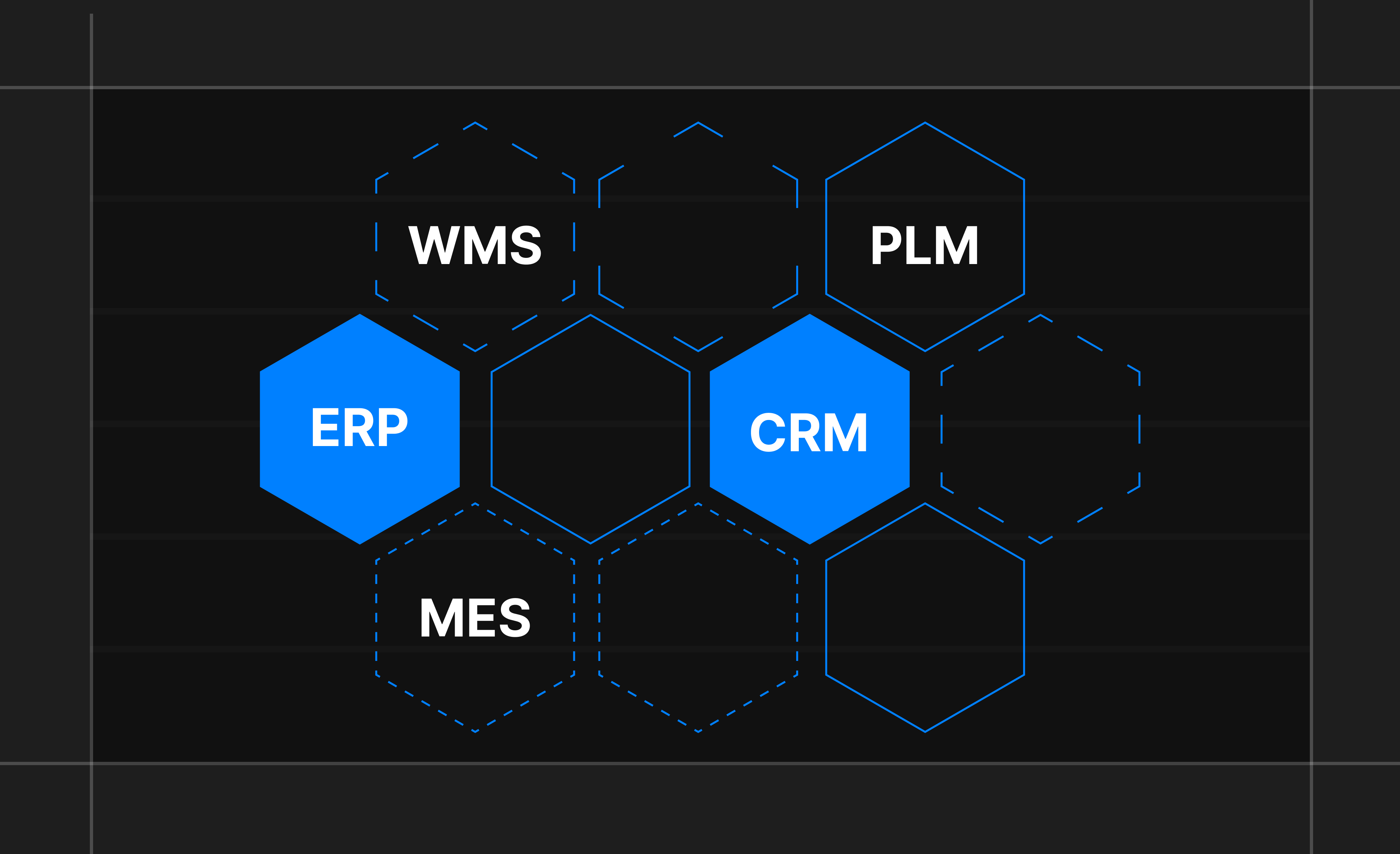Understanding Systems of Record

In the realm of business and technology, organizations rely on various Systems of Record (SoR) to manage and store critical data related to different operational aspects. These systems play a pivotal role in streamlining processes, enhancing efficiency, and ensuring accurate record-keeping. Let's explore some of the prominent types of Systems of Record and understand how they differ from databases.
Differences between Systems of Record and Databases
Systems of Record (SoR)
Designed for managing and recording structured business data comprehensively. They provide a centralized platform for specific business processes, integrating data and facilitating efficient operations.
- Scope: Go beyond data storage by offering features for data processing, workflow management, and business process optimization.
- Typical Use: Mainly utilized for managing complex business processes in specific domains such as HR, finance, and supply chain.
Databases
Primarily focus on efficient data storage, retrieval, and management. They provide a structured way to store and organize data, allowing for efficient querying and retrieval.
- Scope: Primarily serve as repositories for data and may not include the advanced functionality found in Systems of Record.
- Typical Use: Widely used for general data storage needs in various applications, ranging from simple record-keeping to complex data analysis.
Examples of SoR
Common types of Systems of Record, are present across various industries and business functions. They are designed to manage specific business processes and are often used in conjunction with other SoR and databases.
🌐 ERP
Enterprise Resource Planning are used for the comprehensive management of business processes, including finance, HR, and supply chain. Typically present in Manufacturing, Retail, Services.
- Examples: SAP S/4HANA, Oracle ERP Cloud, Odoo ERP
📞 CRM
Customer Relationship Management are used for managing customer interactions and relationships. Typically present in Sales, Marketing, Customer Service.
- Examples: Salesforce CRM, Microsoft Dynamics 365, Zoho CRM
💻 CMS
Content Management System are used for managing digital content, including websites, blogs, and social media. Typically present in Marketing, Publishing
- Examples: WordPress, Drupal, Joomla
📊 PLM
Product Lifecycle Management are used for managing product development processes, including design, manufacturing, and distribution. Typically present in Manufacturing, Product Development.
- Examples: Siemens Teamcenter, Oracle Agile PLM, PTC Windchill
⚙️ MES
Manufacturing Execution System are used for managing and optimizing manufacturing processes. Typically present in Manufacturing.
- Examples: Siemens Opcenter, Epicor MES
📦 WMS
Warehouse Management System are used for managing warehouse operations, including inventory, storage, and distribution. Are more complex than Inventory Management Systems. Typically present in Logistics, Distribution.
- Examples: Oracle WMS Cloud, SAP Extended Warehouse Management, Manhattan WMS
🛒 E-commerce
E-commerce platforms are used for managing online stores and facilitating online transactions. Typically present in Retail, E-commerce.
- Examples: Shopify, Magento, WooCommerce
💳 POS
Point of Sale are used for managing in-store transactions and payments. Typically present in Retail, Hospitality.
- Examples: Square POS, Lightspeed, Shopify POS, Toast, Parrot, Wansoft
and more...
Limitations of SoR
SoR collectively form the backbone of modern business operations, however disparate systems pose a threat to efficiency and scalability. Organizations often face challenges in integrating and managing multiple SoR, leading to siloed information and inefficient processes. Some common downsides of SoR include:
- Rigididity and lack of customization
- Complexity and difficulty to use
- Expensive to implement and maintain
- Not easily integratable with other systems
- Owned and controlled by the vendors
- Often siloed information
Overcomming Limitations
Organizations are increasingly looking for ways to overcome these limitations and build more flexible and scalable solutions. Sometimes looking for a way to build a custom solution that fits their needs.
Netzo provides a means to building custom interfaces and business applications that connect to existing SoR and other existing data sources simultaneously. This allows organizations to customize interfaces and tools to their unique operational needs and practices, while leveraging existing data sources and systems.
